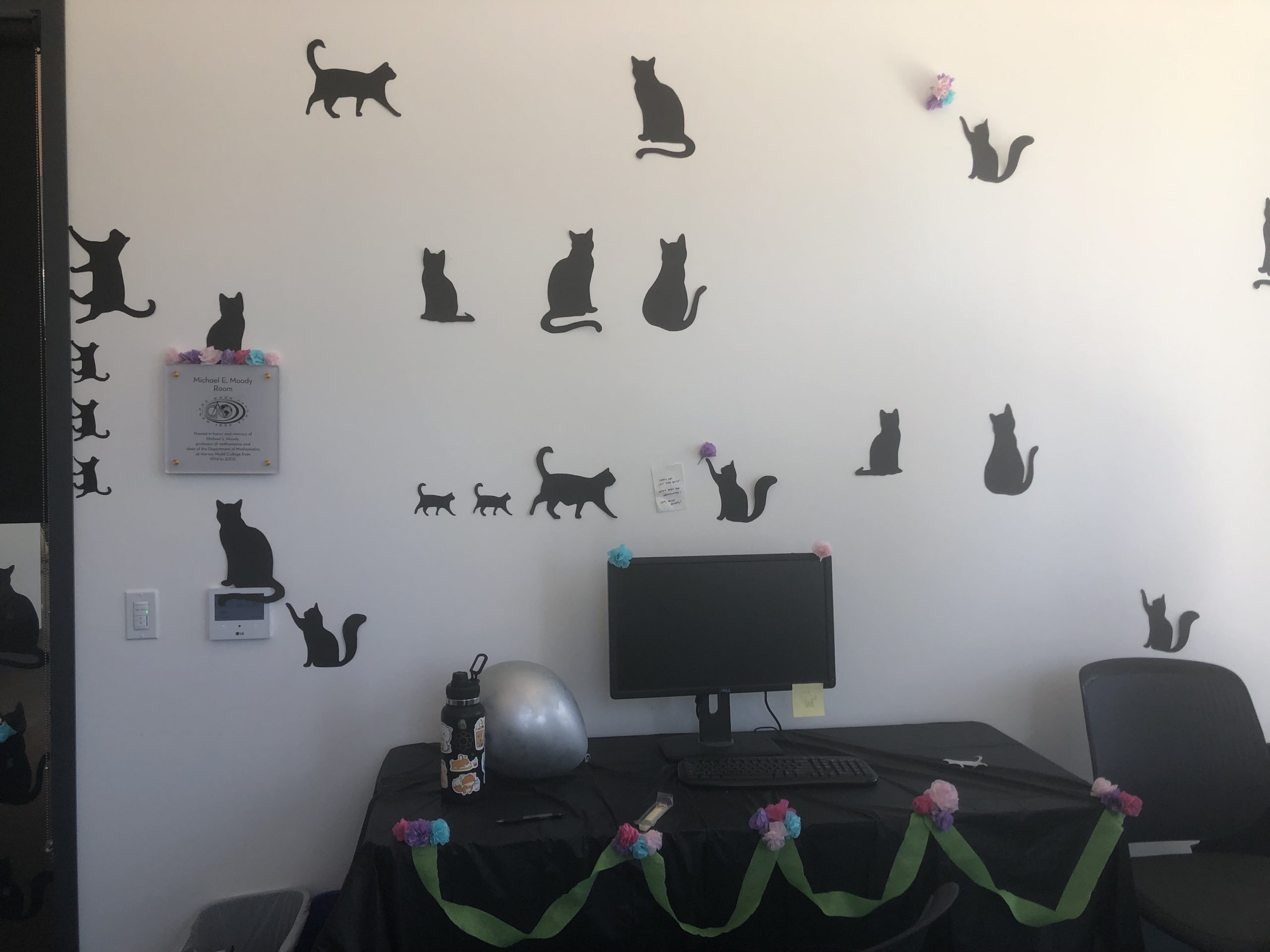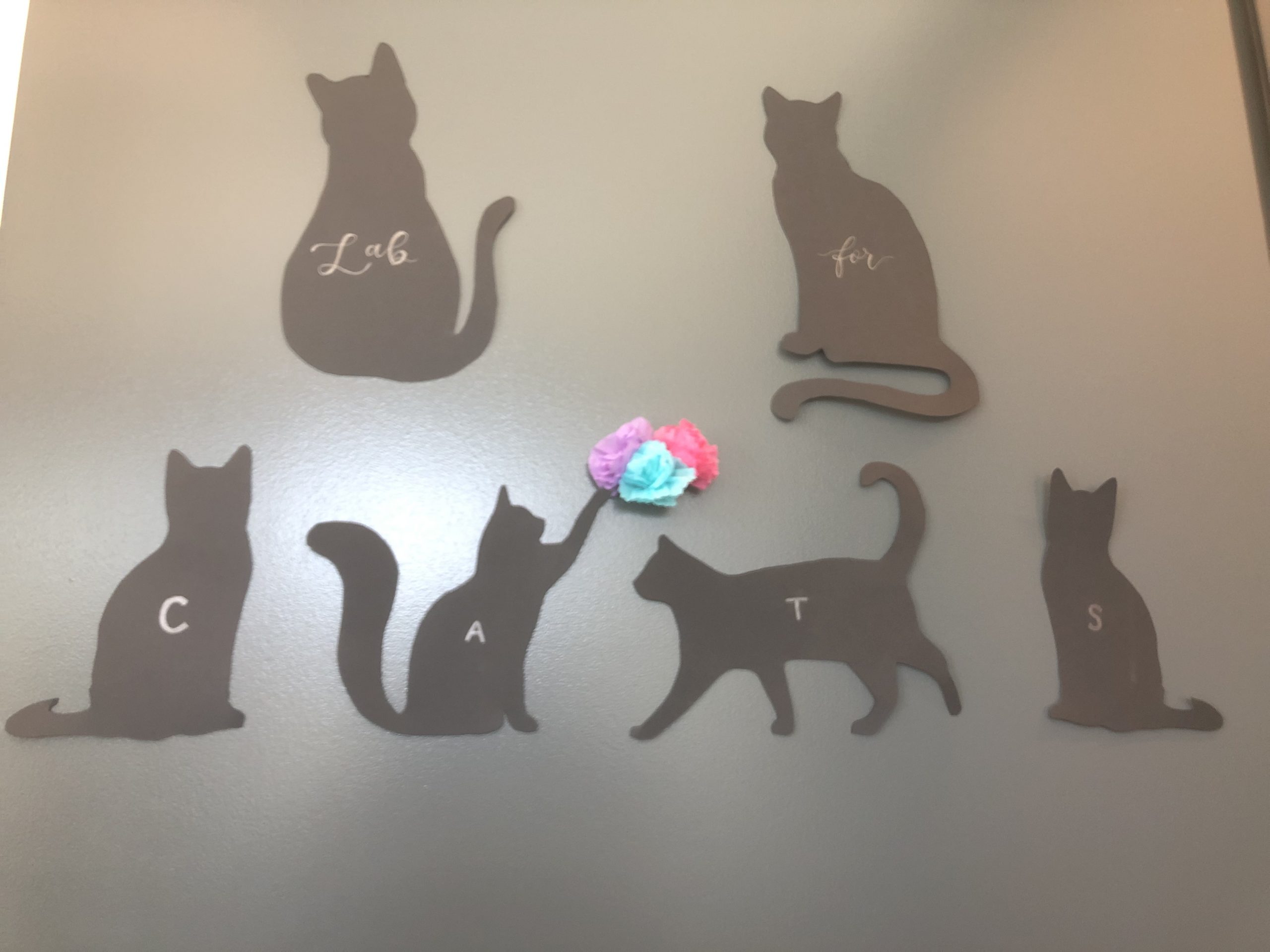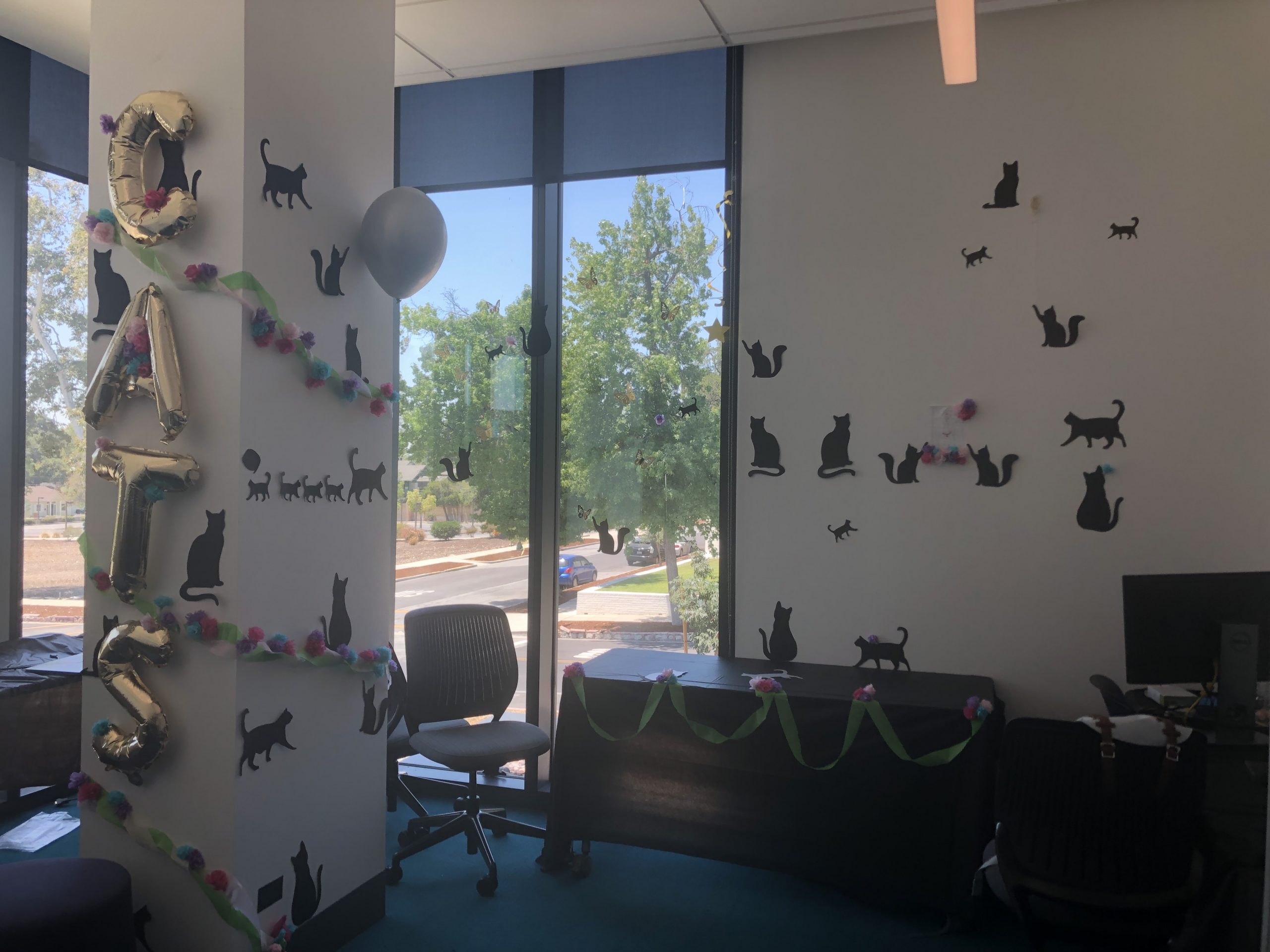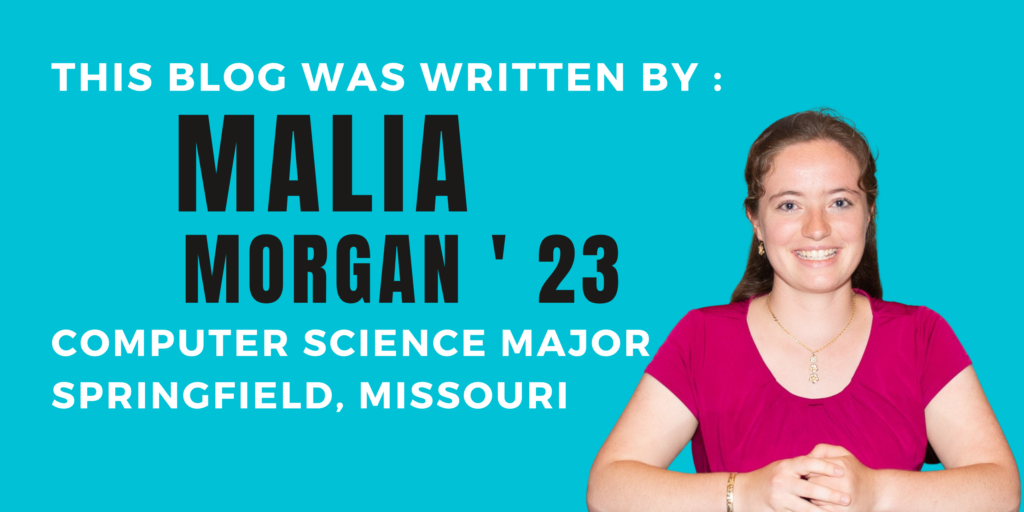Research at Mudd: Lab for CATS
April 19, 2023
One of the things that I have most valued about my time at Mudd and the computer science major is the opportunity to get involved in academic research. Working in different labs has given me a great sense for what parts of computer science I am most interested in and helped me develop useful skills–including how to approach open-ended problems, read and understand academic literature, collaborate with others, and present my own work. The opportunity to work in three different research labs over four years at Mudd (plus clinic as a senior capstone), is one of the things that has most helped me be ready for life after Mudd.

Right now, I’m at almost a year (!) in the last of those three labs, Prof Wloka’s Lab for CATS (the computer science department has a fun tradition of designing acronyms very deliberately—labs on campus include the LACE lab, HEAT lab, and ALPAQA lab). CATS stands for Cognition and Attention in Time and Space, which essentially just means that we look at how machine learning algorithms process videos. Specifically, there is a class of models that are designed to take in videos of people performing actions, then output what action it is. The problem with these models is that they often are not designed to tell you why they made a certain classification. When they do something wrong, then, it is really hard to find out why. The project I have been working on is looking at some different analysis tools to try and determine which ones are most accurate and capture what the model is really interested in.

On a day to day basis, over the summer I spent a lot of time reading academic papers about different model types and analysis tools. I also set up a lot of data processing so we could try out different models. Working in a lab is super collaborative–in the summer there were three of us on the same project and five of us in total, so there was a lot of discussion and pair programming! We also spent a fair amount of time on less research-oriented stuff – the Computer Science department organized talks and events, plus we won a lab decorating contest! During the fall and now spring semesters, I’ve kept working on the project, although now I’m building a lot of interpretation and analysis tools with another student. I highly recommend doing research at Mudd – it’s very easy to talk to professors about it and it’s a great way to find out what you are interested in.
